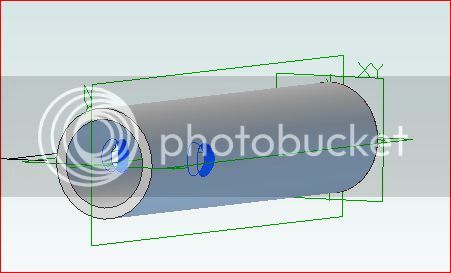mikegw1961
Well-Known Member
- Joined
- Jan 29, 2012
- Messages
- 53
- Reaction score
- 7
I have just started the trial in Alibre and i am trying to find out how to draw a hole through the side of cylinder like a tee bar handle.
I get an error that I cannot select the plane
:wall::wall::wall:
I get an error that I cannot select the plane
:wall::wall::wall:






